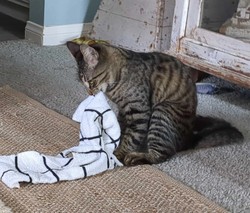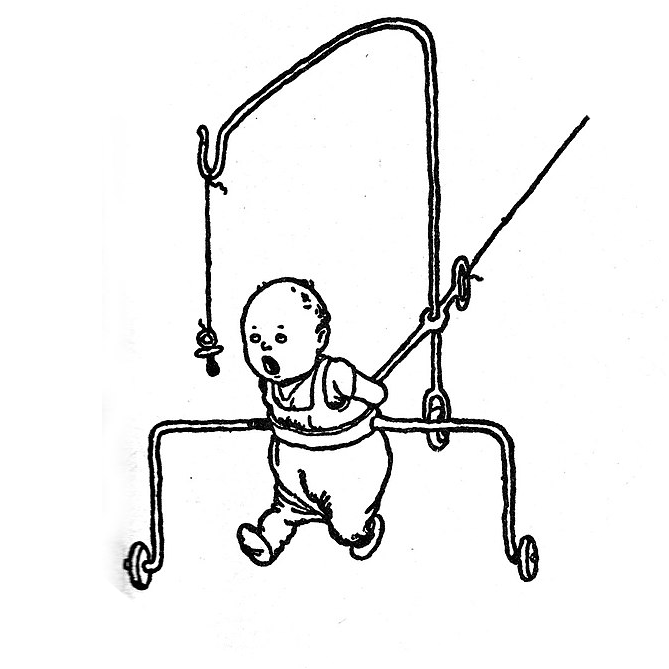Question is directed towards the engineers and machinists here. I think this is primarily a system designed to keep the clamping faces parallel, and perhaps there is some kind of bushing or shoulder bolt.
more context
I know a typical screw and nut in a pair of scissors will not align the blades well enough. I want to understand what kinds of hand finishing processes might be used to remedy the alignment problem. Like is this pictured example using a wave or crush washer to compensate for the alignment variation induced by the thread helix and pitch clearance, or something else likely going on? Does this kind of fastener have a name? Is there a more general variant with wrench flats on both sides or does this design typically require a more involved tooling to create?
In other words I want to have an abstract understanding of the entry point, nuances of application, and investment required to incorporate the design into other DIY type projects. For (a rough) instance, I have run into similar issues with the alignment of optics such as with image sensors.


The professional hair stylist’s scissors have the most wild variation. The tension is adjustable using the little tool spanner against the cross dimples. The wild part is that there are detents to how it tightens and does not feel at all linear. The detents are counted and each feels the same. The mechanism feels strange, like something one might expect in a pocket watch, not scissors.
Those stylist’s scissors are something I don’t have any personal experience with, largely because in order to be equipped to manage hair it probably helps to have hair in the first place. The looks of that setup are almost certainly what the pivot assemblies in lesser scissors are aping, but in a less functional manner. Do you figure the ruffles in the edges of the spacer washers are what’s providing that detent?
There ought to be a spring somewhere in the stack of hardware which looks and acts like a split lock washer, and that’s what provides the motive force to keep the head of the bolt and/or back face of the nut in its place in its detents.
Nah, I don’t think these are at all related to the other scissors style. I think these likely have an entire internal assembly mechanism. There is enough space in the thickness around the adjuster on that side of the forged body.
Actually, in the entire post here, no one seems to have understood the real issue at play. I explained it rather poorly. The flatness issue is the shoulder under the head of the bolt in parallel with the under side of the but. There must be clearance for the nut thread, which will always allow the nut face to tilt out of parallel. Scissors generally seem to obfuscate this problem with the curvature of the blades.
I think there is some extra small trick in the mix. The location of final thread helix contact when/where the nut is tightened to seems important. This seems to set the initial shearing location along the length of the blade. If done incorrectly, the scissors may work well from some arbitrary point along the length, but not from the start of the shearing blade. Bending the blade does not change the behavior, and neither do washers or lock washers. However, a steel rivet does not have this issue even when it gets a little loose from wear. Any general purpose screw and nut has this issue. I have a large selection of hardware at home for use in 3d printing design, like I have a better selection of M2-M8 than any hardware store around.
I’m not sure how all the different designs are decoupling the thread clearance and helix issue, or if they are moving it to some indexed location. I was half hoping that someone would see the post and chime in about it being some common design topology because it is such an ubiquitous tool.